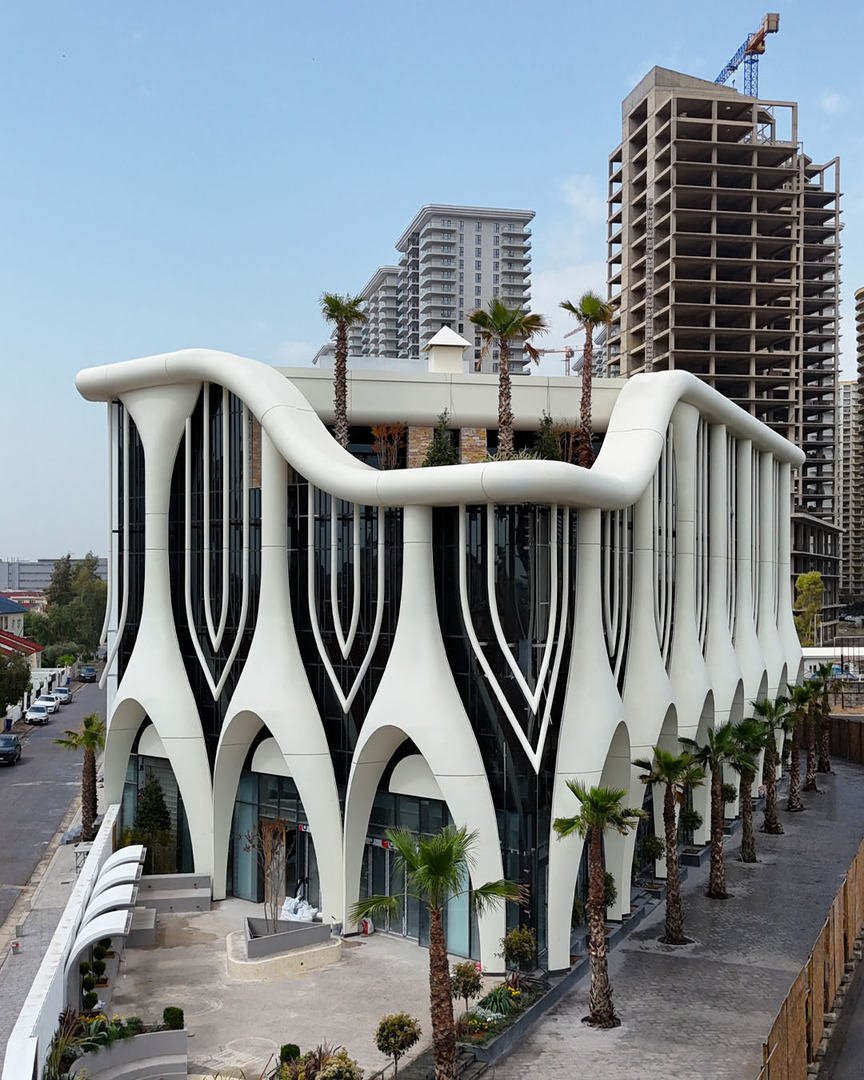What is GFRP/GRP?
It is a composite material made by embedding high-strength glass fibers into a polymer-based polyester. This combination results in lightweight, corrosion-resistant materials capable of withstanding harsh environmental conditions.
Production Process
- Hand Lay-Up:
- After coating (face coat), layers of glass fiber are manually placed in a mold and impregnated with resin.
- Multiple layers of glass fiber are applied to achieve the desired thickness (4mm to 6mm).
- Weight often ranges from 3 to 7 kg per square meter, depending on the thickness.
Why Choose GRP/GFRP?
- Lightweight Yet Strong: Making them easy to handle and install while maintaining high tensile strength.
- Corrosion Resistance: GRP/GFRP does not rust or corrode, making it ideal for use in harsh environments such as coastal, chemical, or industrial settings.
- High Design Flexibility: GRP/GFRP can be molded into complex shapes and customized finishes.
- Durability: GRP offers long-term performance and resists environmental degradation, including UV exposure and temperature fluctuations.
What Is GRP/GFRP Used For?
- Exterior cladding panels for buildings
- Decorative architectural elements such as cornices, columns, domes, and patterns
- Interior applications, including bathtubs and reception desks
- Marine Applications:
- Boat hulls, decks, and other structural parts due to their resistance to saltwater and harsh marine conditions
- Aerospace:
- Aircraft components where strength and lightweight properties are critical
- Chemical storage tanks, piping systems, and swimming pools due to resistance to corrosive chemicals
- Wind turbine blades: Lightweight yet strong enough to withstand environmental forces

